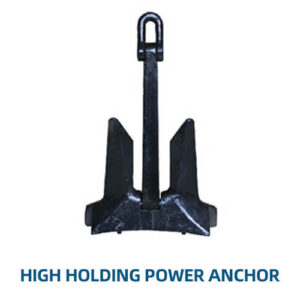Key Features of Shipboard Power Cable:
- Construction and Materials:
- High-Quality Conductors: Typically made with stranded copper conductors, these cables offer excellent electrical conductivity and flexibility, essential for efficient power transmission and ease of installation.
- Robust Insulation: Insulated with durable materials like cross-linked polyethylene (XLPE) or ethylene propylene rubber (EPR), providing high resistance to heat, moisture, and chemicals, while ensuring reliable performance in harsh marine environments.
- Protective Sheathing: Encased in an outer sheath made from materials such as polyvinyl chloride (PVC) or low-smoke halogen-free (LSHF) compounds, offering protection against physical damage, UV exposure, and saltwater corrosion.
- Electrical Performance:
- High Voltage Capacity: Designed to handle a wide range of voltages, from low to high, ensuring compatibility with various shipboard electrical systems, from lighting circuits to heavy-duty propulsion systems.
- Low Voltage Drop: Engineered to minimize voltage drop over long distances, ensuring consistent power delivery to critical onboard systems and reducing the risk of power loss or inefficiency.
- Thermal Stability: Capable of operating at high temperatures without degradation, maintaining performance even in environments with significant heat generation.
- Safety and Compliance:
- Flame Retardant: Constructed to be flame-retardant, preventing the spread of fire along the cable and enhancing the overall safety of the vessel.
- Low Smoke and Halogen-Free: Many shipboard power cables are designed to be low smoke and halogen-free (LSHF), reducing the release of toxic fumes and smoke in the event of a fire, which is critical for the safety of the crew and passengers.
- Marine Certifications: Compliant with international marine standards and certifications such as ABS, DNV-GL, and IEC, ensuring they meet the stringent safety and performance requirements for use on ships and offshore platforms.
- Durability and Longevity:
- Resistant to Marine Conditions: Built to withstand the unique challenges of the marine environment, including exposure to saltwater, oil, chemicals, and physical stress, ensuring long-term reliability and reduced maintenance needs.
- Enhanced Mechanical Protection: Some cables feature additional armor or reinforcement for extra protection in high-stress areas, making them suitable for installation in challenging shipboard locations.
- Flexibility and Installation:
- Flexible Design: Offers flexibility for easy routing through confined spaces and around sharp bends, essential for complex installations on vessels where space is often limited.
- Easy Handling: Designed for ease of stripping, terminating, and connecting, facilitating faster and more efficient installation, which is crucial in dynamic shipbuilding and repair environments.
- Versatility and Applications:
- Wide Range of Applications: Suitable for various power distribution needs on ships, including main power circuits, auxiliary power, emergency systems, and lighting.
- Multiple Conductor Options: Available in various configurations, from single-core to multi-core designs, providing tailored solutions for specific power requirements on board.
Shipboard Power Cables are essential for the safe and efficient distribution of electrical power on marine vessels. With their robust construction, electrical performance, and compliance with marine safety standards, these cables ensure the reliable operation of critical onboard systems. Their durability and adaptability to the harsh marine environment make them indispensable for powering everything from navigation lights to propulsion systems, contributing significantly to the overall safety and functionality of maritime operations.






